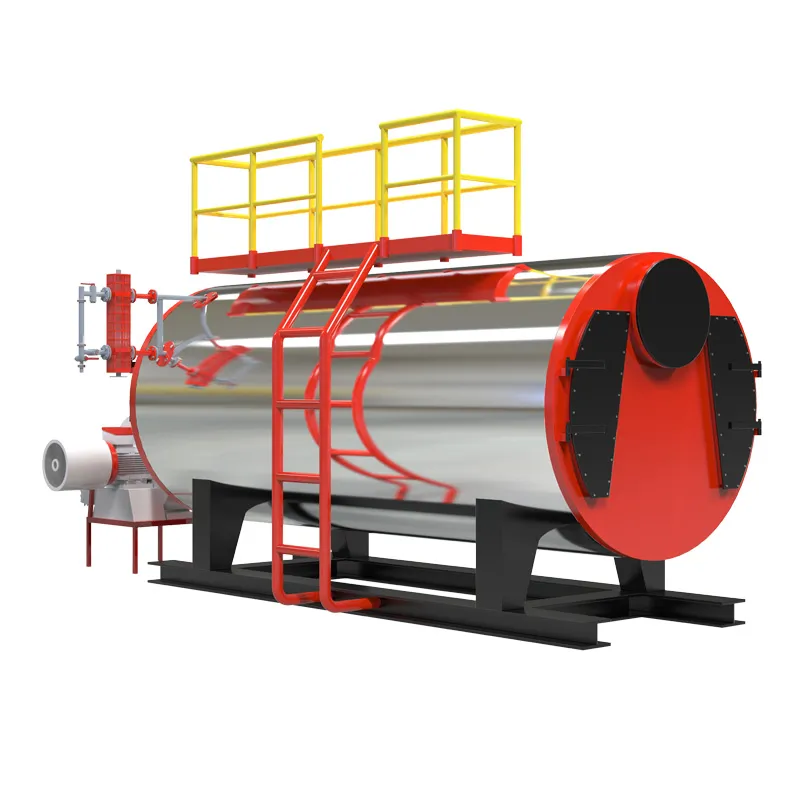
Dec . 04, 2024 13:21 Back to list
Steam Boiler Cost Analysis and Comparison for Optimal Purchase Decisions
Understanding Steam Boiler Prices Factors and Trends
When it comes to industrial heating, steam boilers play a crucial role in providing the necessary heat for various processes. The price of steam boilers can vary significantly based on several factors, and understanding these elements can help businesses make informed purchasing decisions. This article aims to delve into the various factors that influence steam boiler prices and the current market trends.
Factors Influencing Steam Boiler Prices
1. Type of Boiler The type of steam boiler you choose has a direct impact on its price. There are several types, including fire-tube boilers, water-tube boilers, and electric steam boilers. Fire-tube boilers are often less expensive than water-tube boilers but may not be suitable for high-pressure applications. Water-tube boilers, while typically more costly, offer higher efficiency and are better for larger operations.
2. Capacity and Size The capacity, measured in BTUs (British Thermal Units), directly correlates with the cost of the boiler. Larger capacity boilers are often more expensive due to their advanced technology and materials. Businesses need to accurately assess their steam requirements to avoid overspending on unnecessary capacity.
3. Fuel Type Energy sources for steam boilers can vary significantly, including natural gas, oil, biomass, or electricity. The fuel type will influence not only the initial purchase price of the boiler but also ongoing operating costs. For example, natural gas boilers might come at a lower upfront cost but could lead to higher operational expenses due to fluctuating fuel prices.
4. Efficiency Ratings Higher-efficiency boilers often come with a higher price tag. However, investing in a high-efficiency boiler can lead to substantial savings in energy costs over time. Understanding the energy efficiency ratings and choosing a boiler that aligns with your operational needs is crucial.
5. Installation Costs The purchase price of a steam boiler is only part of the total cost. Installation can significantly increase expenses. Factors that can affect installation costs include the complexity of the installation, necessary infrastructure, local labor rates, and compliance with building codes.
6. Brand Reputation Established brands may charge higher prices due to their reputation for quality and reliability. While these brands can offer peace of mind, emerging manufacturers may provide competitive pricing with comparable performance. It’s essential to conduct thorough research before making a choice.
steam boiler price

7. Regulations and Compliance Steam boilers are subject to various regulatory standards and safety codes, which can affect their price. Investing in boilers that meet stringent safety and environmental standards may incur higher initial costs but will reduce liabilities and improve operational safety.
Current Market Trends
As of 2023, the market for steam boilers is showing some noteworthy trends influenced by technological advancements and the rising demand for energy-efficient solutions. Here are a few key trends
1. Shift Towards Sustainability With a growing emphasis on sustainability, there is an increasing demand for boilers that use renewable energy sources. Biomass boilers, for instance, are gaining popularity as industries look for greener options.
2. Smart Technology Integration The incorporation of smart technology in steam boilers is another trend that is driving market dynamics. Advanced control systems that monitor efficiency and performance are becoming standard, and these features often come at a premium.
3. Increased Demand in Emerging Markets Industrial growth in emerging economies, particularly in Asia and Africa, is propelling the demand for steam boilers. Manufacturers are focusing on these markets due to their potential for economic growth and increased industrialization.
4. Supply Chain Challenges The COVID-19 pandemic has disrupted many supply chains, and this has led to increased prices for raw materials. Consequently, boiler manufacturers may pass these costs onto consumers, leading to higher prices for buyers.
Conclusion
Understanding the pricing of steam boilers requires knowledge of various influencing factors, including type, capacity, fuel source, efficiency, installation costs, and brand reputation. With the ongoing trends towards sustainability and smart technology, businesses must stay informed to make strategic investment decisions. As the industry continues to evolve, opting for a steam boiler that not only meets immediate needs but also supports long-term operational goals is imperative.
-
High-Efficiency Commercial Oil Fired Steam Boiler for Industry
NewsJul.30,2025
-
High-Efficiency Biomass Fired Thermal Oil Boiler Solutions
NewsJul.30,2025
-
High Efficiency Gas Fired Thermal Oil Boiler for Industrial Heating
NewsJul.29,2025
-
High-Efficiency Gas Fired Hot Water Boiler for Sale – Reliable & Affordable
NewsJul.29,2025
-
High Efficiency Biomass Fired Hot Water Boiler for Industrial and Commercial Use
NewsJul.29,2025
-
High-Efficiency Biomass Fired Hot Water Boiler for Industrial Use
NewsJul.28,2025
Related PRODUCTS






















